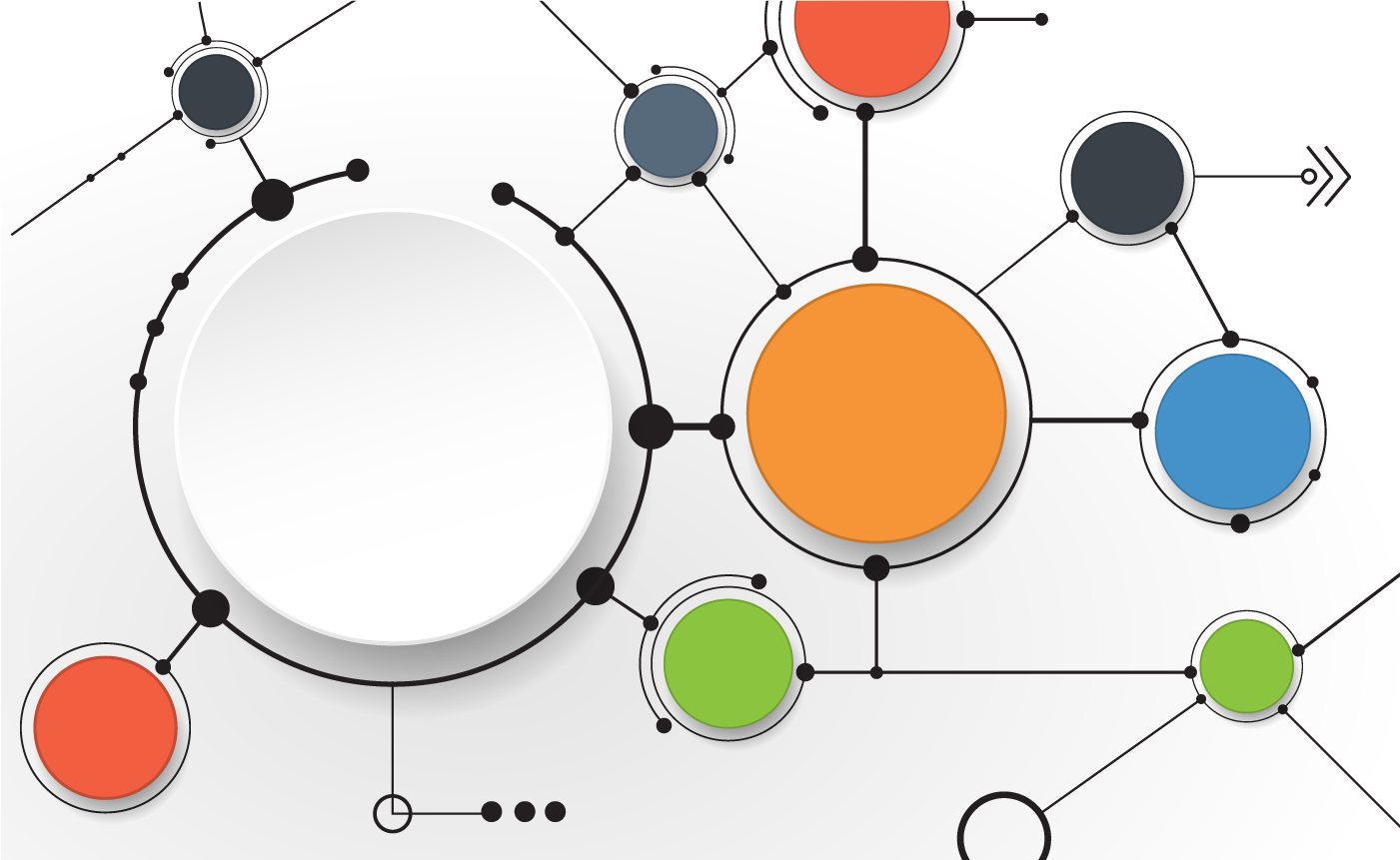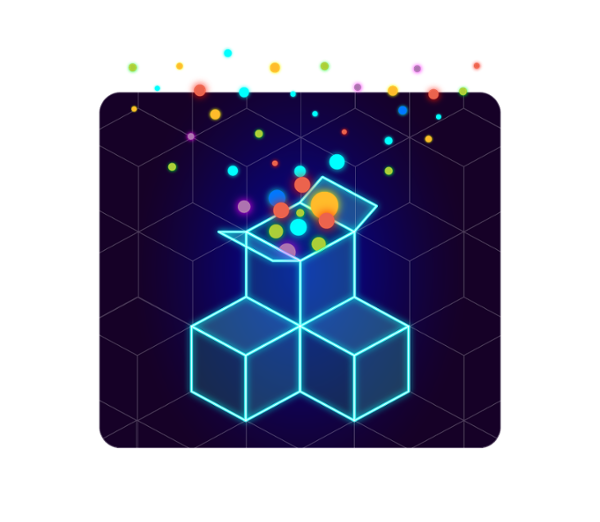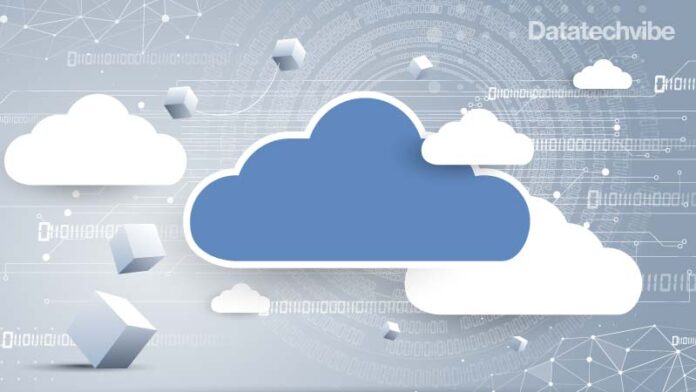API Management vs. Service Mesh: The Choice Doesn’t Have to Be Yours

API management is often described as a north-south traffic management pattern,
which connects services and applications with external clients. This north-south
pattern also applies to inter-domain traffic, as we saw earlier. Companies
control access to enterprise or domain boundaries and can discern who is allowed
to access the systems, precisely which resources they are allowed to access,
whether read and/or write permissions, and with customizable rate limits. This
architecture provides authentication, traffic mediation, security, and
encryption options, along with sophisticated authorization systems. In essence,
it is about helping to manage the relationships between services or APIs and
multiple consumers. ... Service meshes provide the connective tissue between
services, ensuring that different parts of an application can reliably and
securely share data with one another. They route requests from one service to
the next, optimizing how all the moving parts work together. Within cloud-native
application development approaches, they help to assemble large numbers of
discrete services into functional applications.
Business Technology Consulting is a Way to Start Improving Customers as Business Leaders
IT consultants have good news: their services are still highly sought after. The
COVID-19 pandemic has transformed the IT consulting industry. A combination of
increased competition and more freelance and smaller specialized consultancies
has created a highly competitive market. You will need to start your business on
the right foot, just like any other business. IT professionals must create a
detailed business plan to succeed in a highly competitive market. Structured
plans should include growth, costs, marketing, sales, training, qualifications,
and technology. Technology has changed the way that we live, shop and work. The
technology revolution is continuing to transform everything about our lives. A
robust technological foundation can help organizations increase their agility
productivity and identify new business opportunities. Technology consulting can
be called many things, including IT consulting for business, IT services, and IT
advisory. Companies must develop a secure and efficient Information Technology
strategy (IT) strategy to embark on a digital transformation journey. This is
not an easy task for start-ups and corporations alike.
The Power and Possibilities of Data Science

Not only have job opportunities for data scientists cropped up everywhere, but
the role has transformed the work life of millions of people who benefit from
their innovations. Tasks that were once laboriously performed by people have
become automated, freeing us humans in legal, financial, and corporate
industries (and many others) to focus on more important and well, human work. So
how did we get here, and what’s next for this growing industry? Late last year,
leaders from Relativity and Text IQ, a Relativity company, gathered to talk
about just that. In a Coffee + Chat session presented by Relativity’s talent
team, Apoorv Agarwal, Aron Ahmadia, and Peter Haller discussed the origins of
data science, where they see the industry going in the next few years, and what
about artificial intelligence makes them most excited. “I think of data science
as fundamentally people who love data and who believe that data can be used and
leveraged to solve problems,” said Aron, director of data science at Relativity.
In a previous role he worked with the U.S. Department of Defense, helping to
disentangle networks of sex traffickers—and using data science to identify
them.
Azure SQL Database ledger
Updatable ledger tables are ideal for application patterns that expect to issue
updates and deletions to tables in your database, such as system of record (SOR)
applications. Existing data patterns for your application don't need to change
to enable ledger functionality. Updatable ledger tables track the history of
changes to any rows in your database when transactions that perform updates or
deletions occur. An updatable ledger table is a system-versioned table that
contains a reference to another table with a mirrored schema. The other table is
called the history table. The system uses this table to automatically store the
previous version of the row each time a row in the ledger table is updated or
deleted. The history table is automatically created when you create an updatable
ledger table. ... Append-only ledger tables are ideal for application patterns
that are insert-only, such as security information and event management (SIEM)
applications. Append-only ledger tables block updates and deletions at the API
level. This blocking provides more tampering protection from privileged users
such as system administrators and DBAs.
Data Quality Dimensions

Data Quality dimensions compare with the way width, length, and height are used
to express a physical object’s size. These Data Quality dimensions help us to
understand Data Quality by its scale, and by comparing it to data measured
against the same scale. Data Quality ensures an organization’s data can be
processed and analyzed easily for any type of project. When the data being used
is of high quality, it can be used for AI projects, business intelligence, and a
variety of analytics projects. If the data contains errors or inconsistent
information, the results of any project cannot be trusted. The accuracy of Data
Quality can be measured using Data Quality dimensions. ... Data Quality
dimensions can be used to measure (or predict) the accuracy of data. This
measurement system allows data stewards to monitor Data Quality, to develop
minimum thresholds, and to eliminate the root causes of data inconsistencies.
However, there is currently no established standard for these measurements. Each
data steward has the option of developing their own measurement system.
What Is Web3 and How Will it Work?

Proponents envision Web3 as an internet that does not require us to hand over
personal information to companies like Facebook and Google in order to use their
services. The web would be powered by blockchain technology and artificial
intelligence, with all information published on the public ledger of the
blockchain. Similar to how cryptocurrency operates, everything would have to be
verified by the network before being accepted. Online apps would theoretically
let people exchange information or currency without a middleman. A Web3 internet
would also be permissionless, meaning anyone could use it without having to
generate access credentials or get permission from a provider. Instead of being
stored on servers as it is now, the data that makes up the internet would be
stored on the network. Any changes to, or movement of, that data would be
recorded on the blockchain, establishing a record that would be verified by the
entire network. In theory, this prevents bad actors from misusing data while
establishing a clear record of where it’s going.
Social engineering: Definition, examples, and techniques

The phrase "social engineering" encompasses a wide range of behaviors, and what
they all have in common is that they exploit certain universal human qualities:
greed, curiosity, politeness, deference to authority, and so on. While some
classic examples of social engineering take place in the "real world"—a man in a
FedEx uniform bluffing his way into an office building, for example—much of our
daily social interaction takes place online, and that's where most social
engineering attacks happen as well. ... Fighting against all of these techniques
requires vigilance and a zero-trust mindset. That can be difficult to inculcate
in ordinary people; in the corporate world, security awareness training is the
number one way to prevent employees from falling prey to high-stakes attacks.
Employees should be aware that social engineering exists and be familiar with
the most commonly used tactics. Fortunately, social engineering awareness lends
itself to storytelling. And stories are much easier to understand and much more
interesting than explanations of technical flaws. Quizzes and attention-grabbing
or humorous posters are also effective reminders about not assuming everyone is
who they say they are.
Decentralization revolutionizes the creator’s economy, but what will it bring?

Much like social tokens, nonfungible tokens (NFTs) are another innovation
shaping the creator economy. Consider that the NFT-based crypto art market is
now worth over $2.3 billion (as of mid-February 2022), pointing to the lucrative
opportunity that artists have in accessing new monetization streams for their
work. Meanwhile, NFTs can also be leveraged to engineer a new model of fan
engagement as they reconcile virtual assets with real-world experiences. Enter
the phygital experience — a mix of physical and digital. NFTs can be tied to
real-world perks — if you’re a musician, that could mean a lifetime supply of
concert tickets or VIP meet and greets and as an artist, a select number of
prints in a collection — all while ensuring that these assets verifiably belong
to a fan, attesting to their ownership and authenticity. As economies gradually
reopen and we continue to see the eventual normalization of social activities,
experiential NFTs as a tool for long-term fan engagement are likely to grow in
popularity. Let’s not stop there, though: Enter interactive NFTs. These assets
can change over time based on a fan’s modification to the content.
How CSPs Are Now Using Blockchain

A fundamental issue in cloud computing is a reliance on a centralised server for
data management and decision-making. Problems emerge, such as the failure of the
central server, which can disrupt the entire system and result in the loss of
crucial data kept on the central server. In addition, the central server is
vulnerable to hacker attacks. Blockchain technology can help solve this problem
because many copies of the same data are saved on various computer nodes in a
decentralised system, eliminating the risk of the entire system failing if one
server fails. Furthermore, data loss should not be an issue because many copies
of the data are stored on various nodes. ... Leading cryptocurrency software
company Blockchain achieved savings of 30 per cent by replacing its database
layer with Google Cloud Spanner as it moves to managed services on Google Cloud.
With millions of users across the globe relying on blockchain for information
about and access to their funds, it’s no surprise that one of its core values is
Sanctify Security. “Security is our top priority,” says Lewis Tuff, Blockchain’s
head of platform engineering.
High Performance Decoupled Buses for IoT Displays
We exploit the fact that across almost all devices, there is similar required
behavior. For example, devices have commands and data. The data is often
parameters to commands, but sometimes it's a stream of pixels, although that is
technically a BLOB parameter to a memory write command. Anyway, on an SPI
device, you typically have an additional "DC" line that toggles between commands
and data. I2C has something similar, except that the toggle is indicated by a
code in the first byte of every I2C transaction. Parallel also has a DC line
though it's usually called RS but it does the same thing as the SPI variant. The
idea here is we are going to expand the surface area of our bus API to include
everything applicable to any kind of bus, so for example, you may have
begin_transaction() and end_transaction() which for SPI define transaction
boundaries, but do nothing in the parallel rendition. The I2C bus is pretty
straightforward, but the SPI bus and parallel buses are significantly more
complicated due to having processor specific optimizations.
Quote for the day:
"One measure of leadership is the
caliber of people who choose to follow you." -- Dennis A. Peer
No comments:
Post a Comment